
Whatever you are doing right now, stop and take a look at your iron's heating plate. Gross, is it? There's more than likely to be some buildup that needs some proper cleaning! If you don't take action soon, the buildup will surely start to burn and will ruin your beautiful fabric once the iron is really hot or in steam mode.
So before buying those expensive creams for iron cleaning or worst, buying a new iron, you should check out these secret tips on cleaning your iron at home.


Tips on Cleaning your Iron
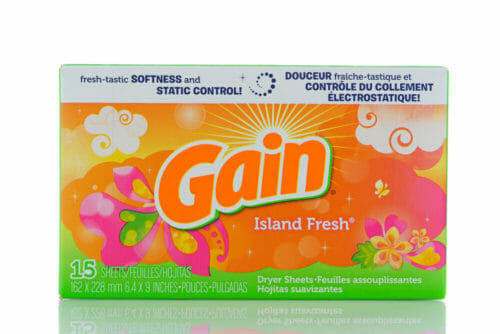

Dryer Sheets
Discover the wonders that dryer sheets can do to your iron's heating plate. It can clean the unnecessary starch buildup or any heat n bond residue. Grab some fresh dryer sheets then adjust your iron to low-no steam. For a few seconds or minutes, run your iron over sheets, then over a mildly damp towel. Turn your iron over. Voila! Your iron is now ready for a new amazing task.
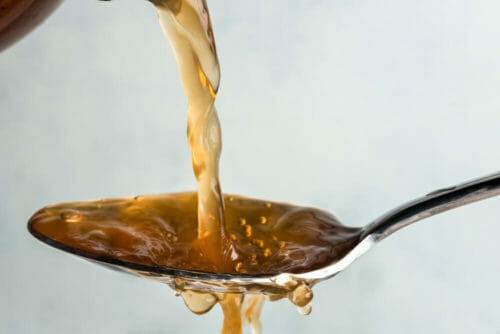

Vinegar
Gather an old towel and some vinegar. Pour the vinegar on the towel and let your iron sit on the damp towel for about five to 10 minutes with the power turned off. Then turn the iron to medium temperature and iron the hand towel for another few minutes. Remember to keep your head back during this process because there's likely to be some pretty strong fumes. Once done, run your iron over a clean towel a few times, attempting to remove any remaining buildup.
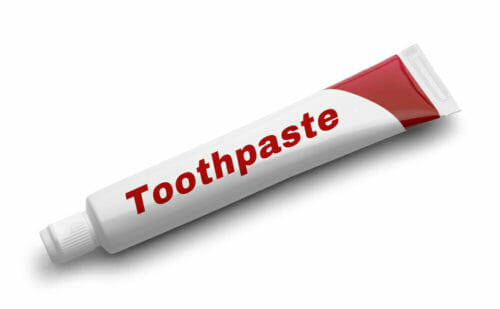

Toothpaste
You're right! The white, non-gel kind of toothpaste that is usually found in your home can actually do magic! Get a soft cloth, put a small amount of toothpaste and scrub it while the iron's heat is bearable to touch. Caution: Don't do this while the iron is hot to avoid burns. It's a good thing that toothpaste has natural abrasives that can destroy any mineral deposit and buildups.
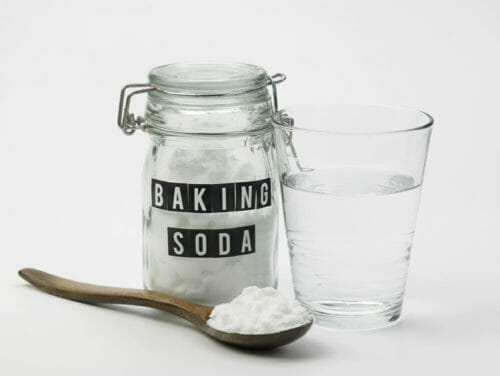

Baking Soda
You can also create a paste out of baking soda and water. This will have the same effect as the toothpaste but not have that minty-fresh.


Newspaper
Are you having a problem with some waxy buildup in your iron? The daily newspaper might be the perfect solution for you. Turn your iron to a high level and then iron the newspaper. This will absorb any wax in your iron. Make sure that you'll clean the iron after the wax is gone and clean again using other methods mentioned above.
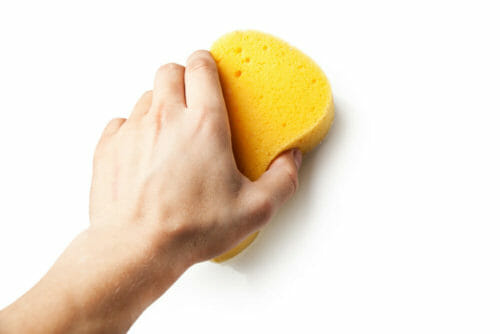

Wet Sponge
If you accidentally burned your fabric because of excessive heat, there may be some particles or remnants of the scorched fabric stuck to your iron. To solve this vexing problem, get a wet sponge and place it on the ironing board. Press your hot iron quickly on the wet sponge. The sudden change of temperature should release the stuck, burned fabric.
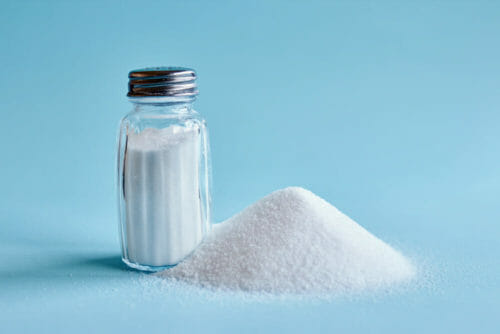

Salt
This technique should be performed cautiously. Using it too much or too often may damage the iron's heating plate. To start, sprinkle some salt on a damp clean towel and vigorously iron back and forth. Remember to do it carefully. It will scrub off the stubborn stains. Wait until the iron cools completely the brush away any retained salt from the steam holes.
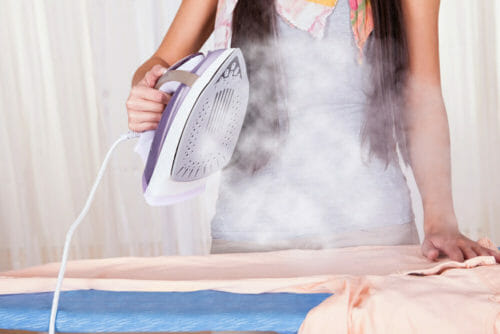

How to fix iron steam problems
Vinegar, cotton swabs and baking soda
Are you having problems with your iron's steaming function? The common cause is the mineral deposits that block the steam vents. Don't worry! This is actually easy to clean and you can do it yourself without asking for some help of the experts.
To begin, make sure that your iron is cold. Using baking soda and water, make a paste and gently rub the paste product into the plate's steam openings. Next, get a clean swab, dip into vinegar and try to rub the holes. This will loosen any buildup present at the holes' opening. Brush carefully any remains of baking soda and iron again.
If you see some improvement but this doesn't totally solve the problem, try to drain the water reservoir then fill it with vinegar halfway. Now run the steam and wait until its reservoir is dry.
In cases that the water in your home is excessively ‘hard' meaning that it has a lot of dissolved minerals, choose to use distilled water for your iron or make sure to remove water in the water chamber while it is hot. This will keep it dry and avoid any mineral deposits build up in the future.
Just like sewing machines that need proper cleaning and care, the iron for a sewist's life is also essential. Apply these tips the next time when your iron needs some thorough cleaning.
Aside from the ones listed above, do you have any other top-secret tips on cleaning your iron? Please share your knowledge in the comments section below.








What a great article. I knew about some of them, but there’s so much more to learn.
We have very hard water that clogs up an iron quickly. I now add about 1/8-1/4 cup of vinegar to two cups of water and use it to fill my iron. If you try this, the first time use a high steam function on scrap fabric or one of the other things mentioned. There will be a lot of stuff come out with the first fill up. Also this may not work with all fabric but it hasn’t hurt anything I’ve worked with yet.
One caveat about distilled water: unless your iron’s instructions state that it is okay or preferred to use it, don’t. Most are designed to use water that has minerals in it, and distilled water has none.
Years ago, I bought a new iron and used distilled water, exclusively. After a year or two, the steam function diminished. I was mad, because it wasn’t a low-end iron. But then I read the instructions which specifically said not to use distilled water.
I started using filtered tap water, and immediately, the steam function returned to full force. Maybe if your tap water is very hard, you could dilute it, using half filtered tap and half distilled?
Thank you for sharing these great tips.
I went through way too many domestic irons (both more and less expensive) and after a period of time _ALL_ of them would start to leak rusty water, regardless of whether I used tap or distilled water…even if I emptied out the water tank after each use and let the heat of the iron help to evaporate it from the tank.
The lesson I learned is not to put any water in any of my domestic irons. I’ll use a spray bottle instead and save myself some money.
And then I got a professional gravity feed iron and I don’t even use my domestic irons anymore…
EXcellent ideas
thank you for sharing these terrific ideas
Ever since I heard about dryer sheets that’s all I use, in preference to purchased cleaners. Has worked perfectly every time. As for the water in your iron, since I’ve been using Demineralised water (as opposed to distilled water – don’t really know the difference), I haven’t had a problem. In Australia, they sell it in the supermarket near all the spray starches and such.
I also use the dryer sheets and demineralised water. The iron cost a lot so I want to take care of it – I’ve had dirty water residue in the past, but not any more
Does it matter what material the ironing plate is?
I like using a Mr Clean sponge on a cold iron
Thank you! I’ve used bicarb before but dryer sheets or toothpaste? Brilliant.
Perfect timing with the article on cleaning your iron. I had just been trying to figure it out. And the different methods. Great article. Thanks for your wisdom and sharing the love.
Love your tips, really wish I could have print option.
Right at the end of the article there’s a green button with a picture of a printer, that will give you a pdf copy of the article
I think this is a great site I learned several things I didn’t know. I’ll be back to learn so more tips.
Great tips – but you need to add the Magic Eraser, warm iron, wet sponge eraser and iron back and forth. This will clean “most” dirts off your iron.